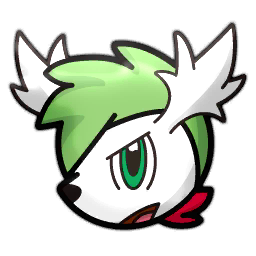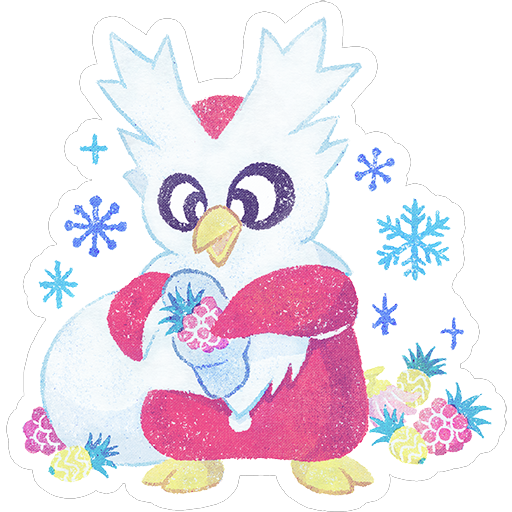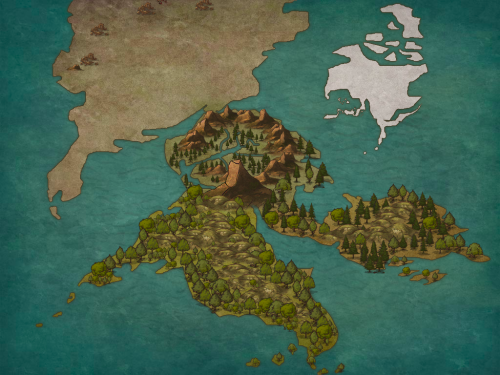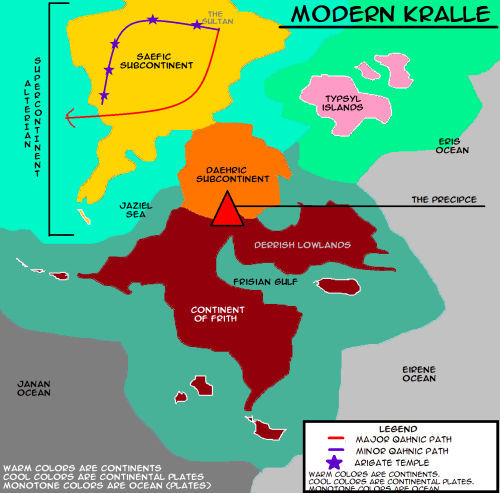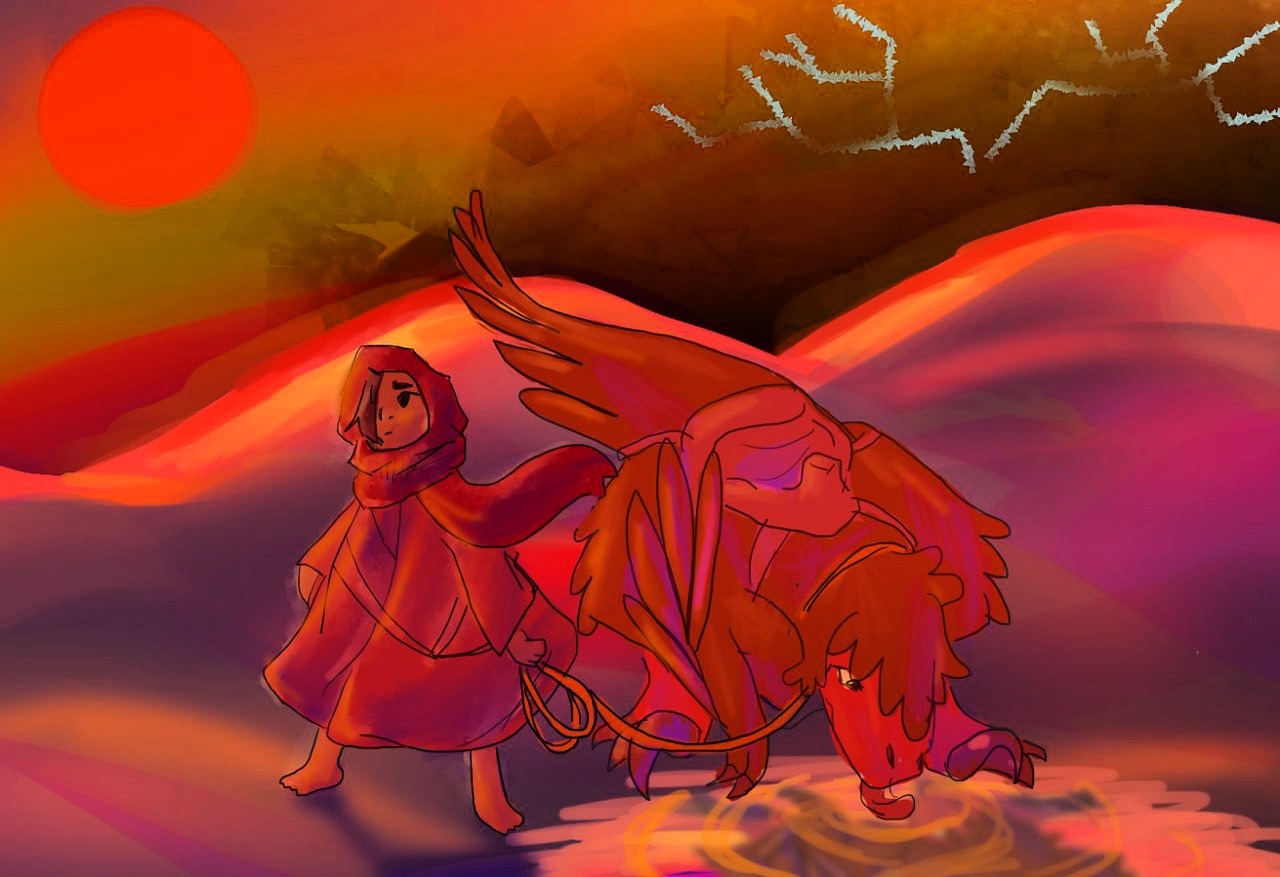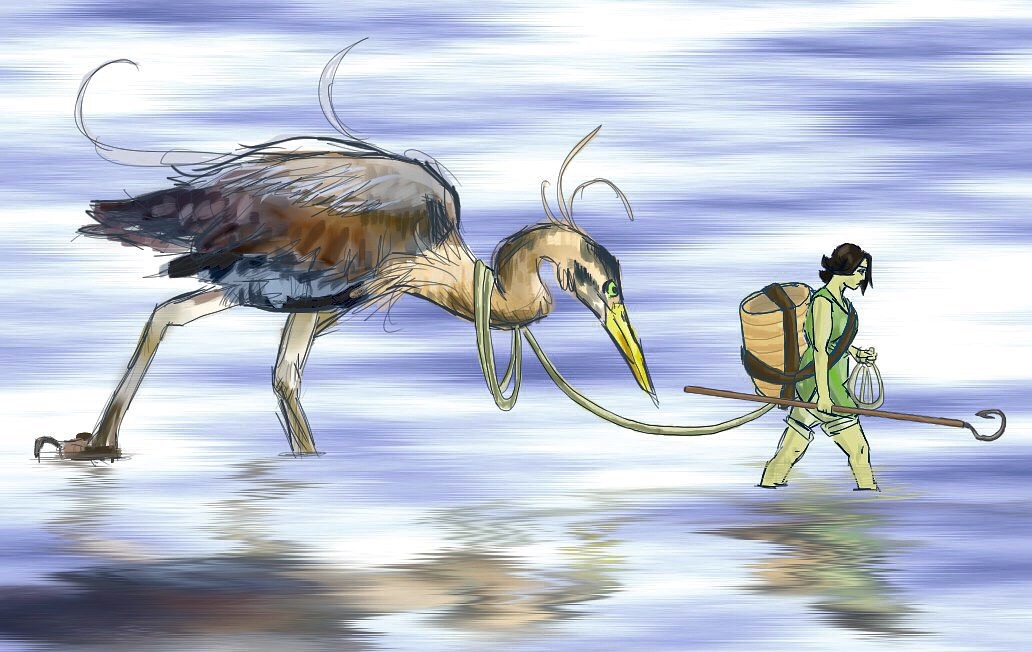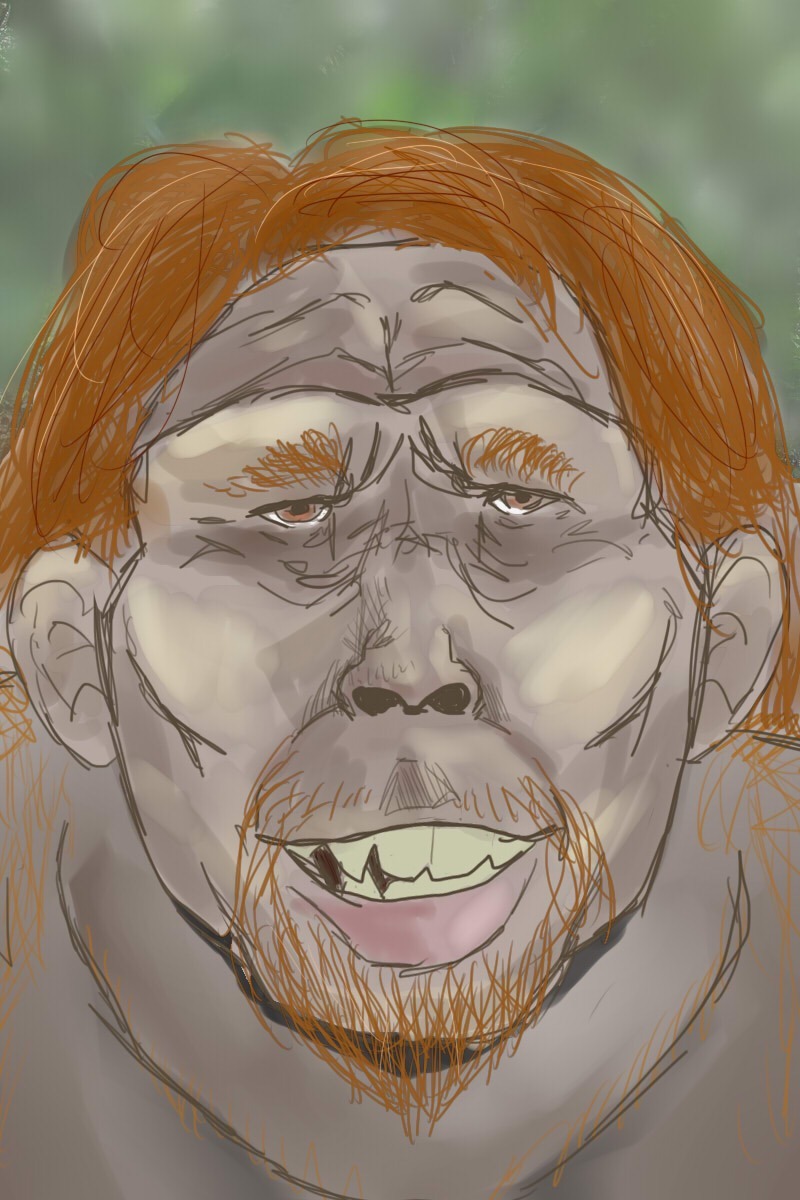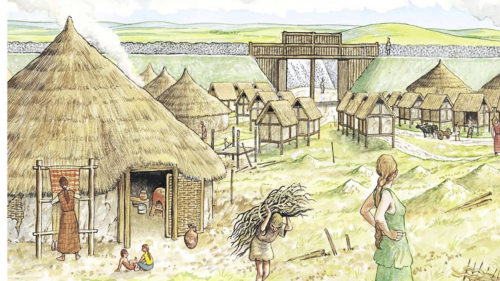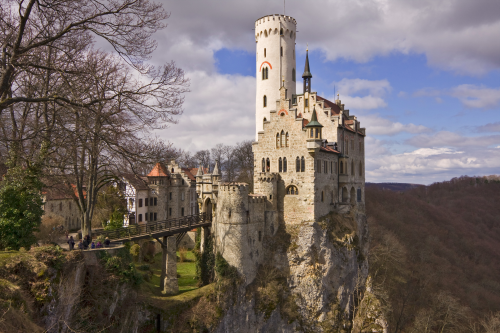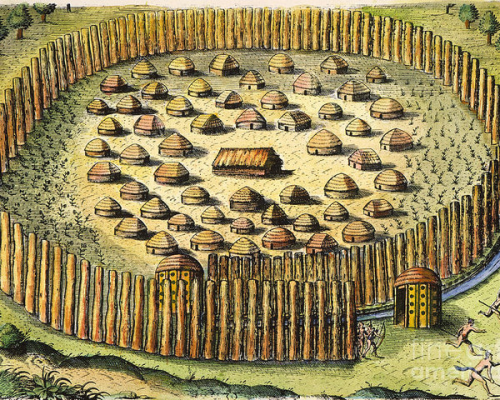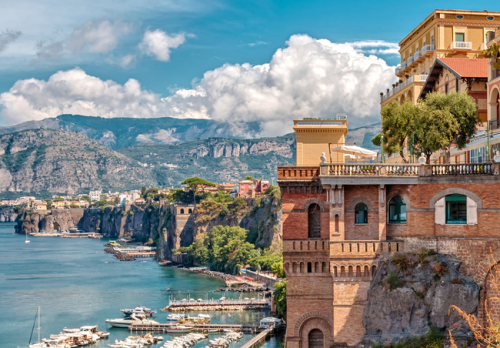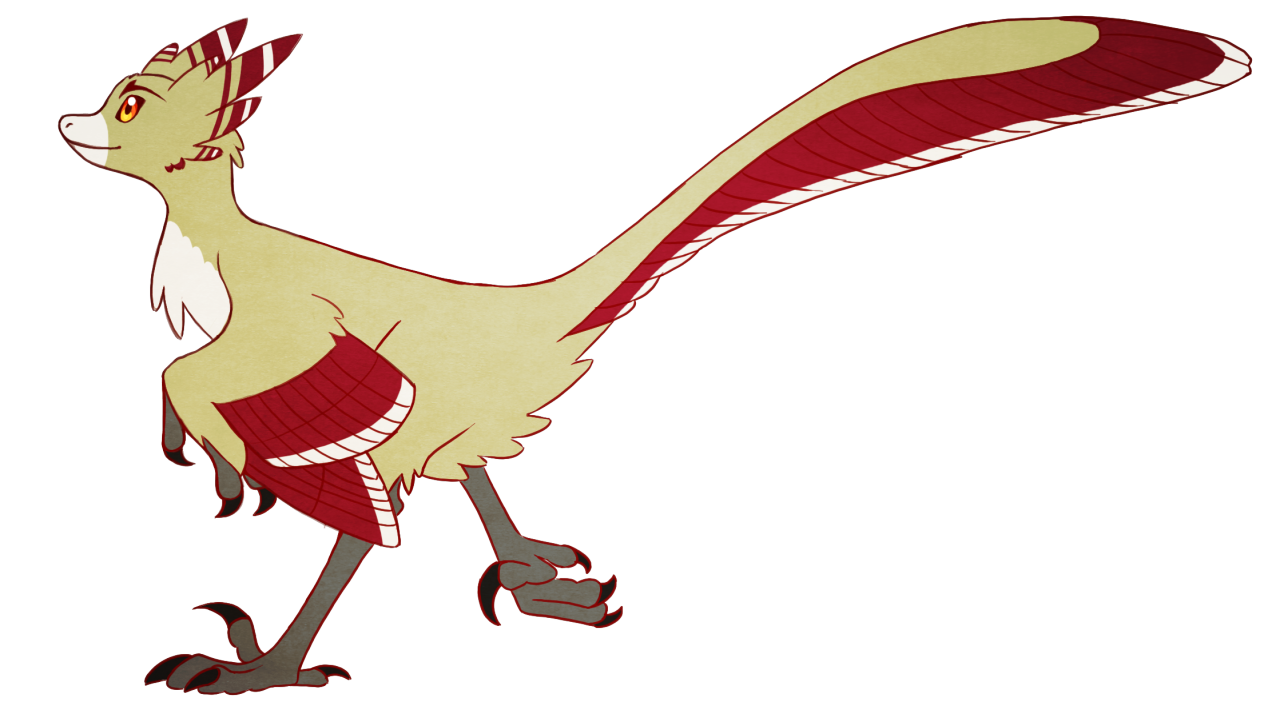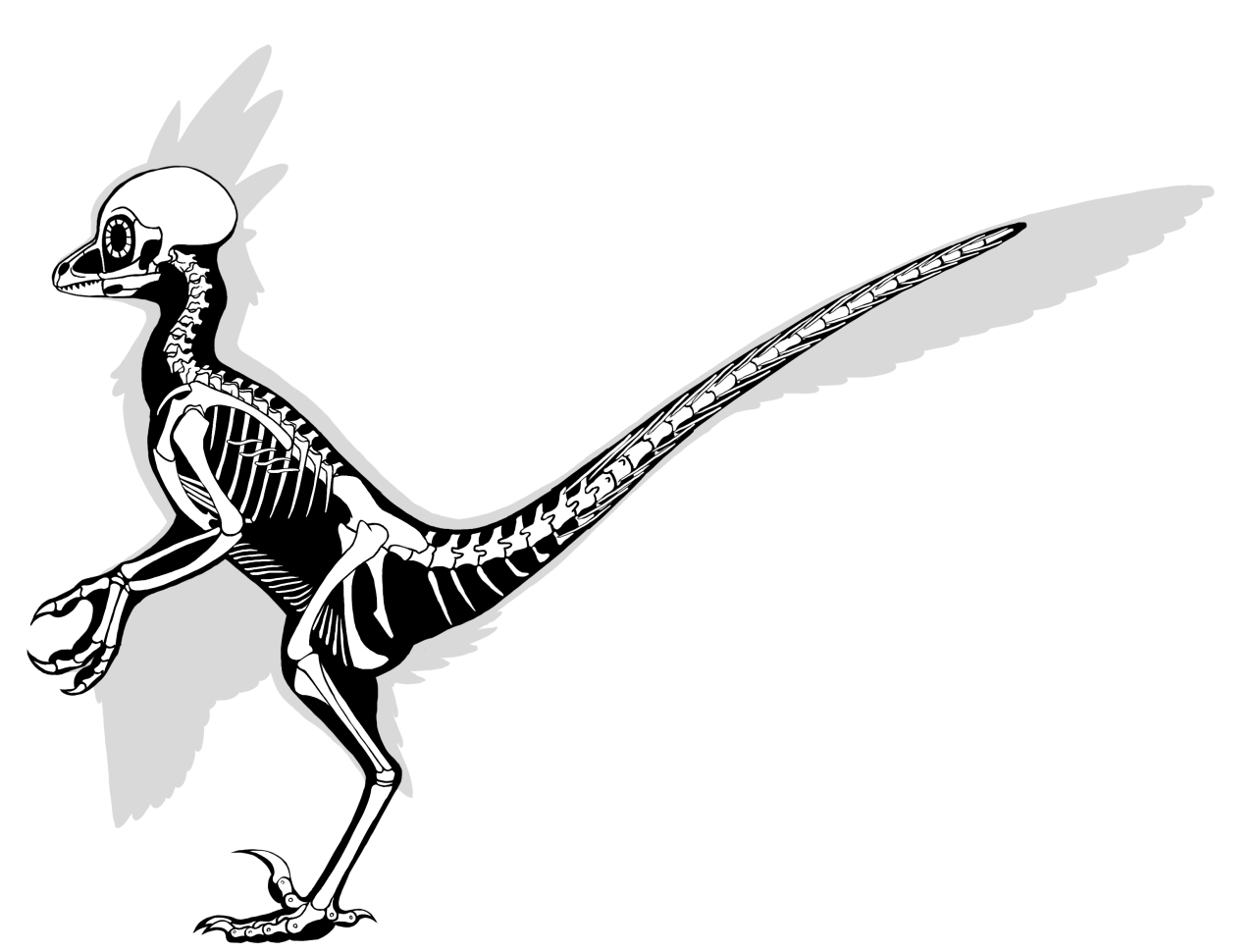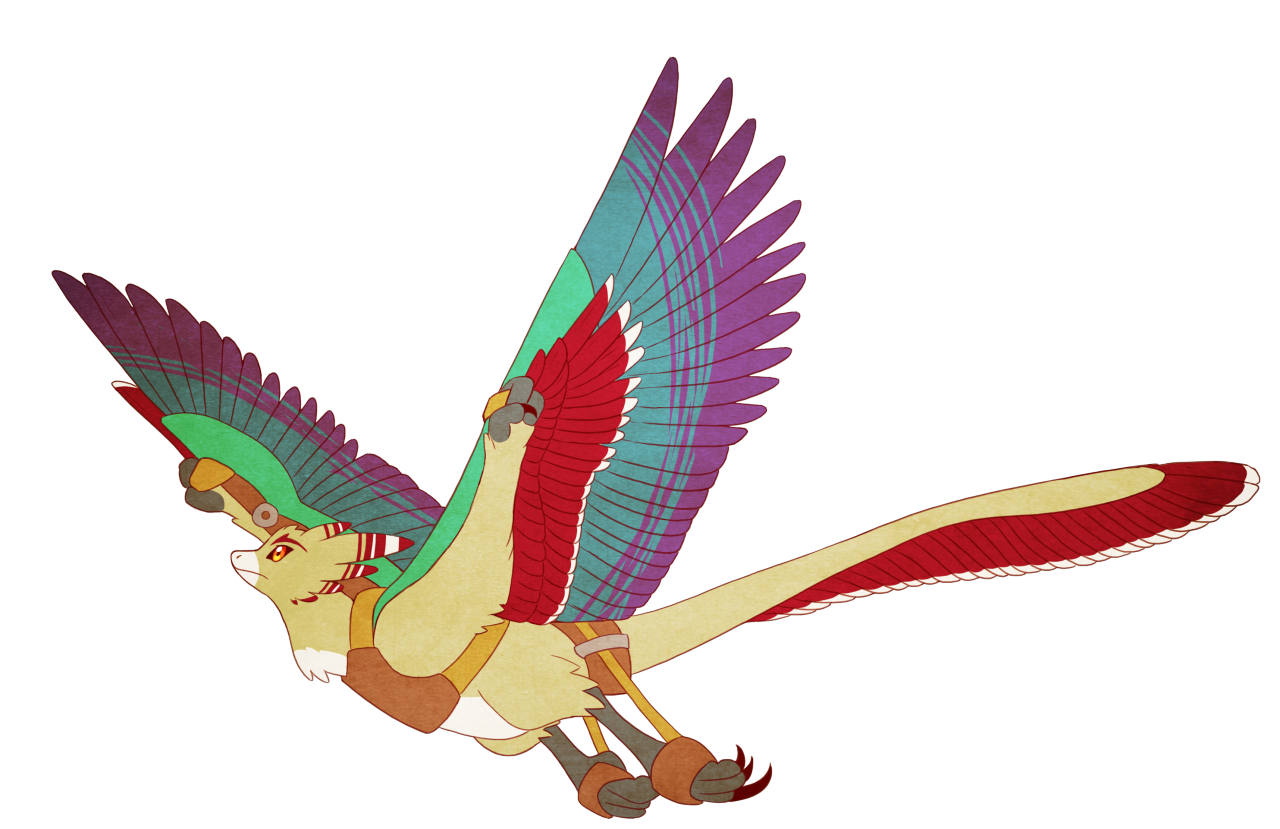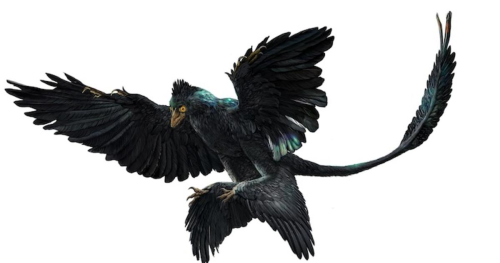1. Tell us about your world, what’s it about?
Oh, uh, wow, it's June already. Huh. Um.
Well, over the past few months I have been developing a setting I've called the Midnightverse, and figured this June was a good time to do a blowout. As for what it is, it's both a post-post apocalyptic dark-ish fantasy and... a shounen isekai plot subverted to hell and back and with the icky bits stripped away.
A magical catastrophe (we need more of those) alters life on Earth completely and wipes out humanity as we know it. The myriad races descended from the now-extinct humans have pretty much moved on and are living their own lives... until an enby with strange powers from a world like our own crashes onto a warlock and her dog's doorstep.
I look forward to showing you all what this mishmash entails.
2. What’s the Geography of your world?
Well, it's a post-post-apocalyptic Earth, so you'd think it'd look familiar... but the truth is the continents got all rearranged when the magical cataclysm happened. Now it looks... it looks like the old arrangement if you squint enough, and the only good way to tell which place was which is by looking at ruins and artifacts. (In-universe archaeologists, geologists, and paleontologists have a field day with this.)
For reference, this is a very rough, to-be-adjusted approximation of the map:
Of note is that Antarctica has been pushed upward while Japan's landmass has increased. Also Central America is now a bunch of islands, and North America is covered in thick forests and swamps that let little to no light into their lower levels.
3. Who lives in your world?
Oh boy, this part is always fun!
I have... a list of fictional sapient species in this setting that I will transcribe here. They range from "human with a bit of makeup and shit" to "what the fuck is that":
Kohvuze: [dark-elf/shadar-kai-y people with glowing bioluminescent markings; live pretty much anywhere (but mostly the Night Forests of former North America) and are the equivalent of what normal humans would be in other fantasy settings]
Pelticida: [reptilian humanoids that look like the unholy hybrid of hork-bajir and deathclaws]
Zuyfza: [think a combo of the future predators from primeval and the aliens from a quiet place except less rampantly murderous]:
Gorfs: [FROG PEOPLE FROG PEOPLE]:
Buthidians: [scorpion taurs! They're scorpions! They're centaurs!]
Kemtralans: [cat taurs, they and the scorpion taurs don’t like each other]
Harpoya: [you know how howl from howl's moving castle had that one intermediate bird man form that was weirdly sexy? imagine that as a species]
Sylfaes: [floaty fairy people]
Drekes: [Dragons because of course i'm putting dragons in this but also they're weird because they can resemble any reptile or bird species that isn't the Pelticidia and have a shitton of breath weapon variety]
Valfrizen: [Ice cave dwelling icy valkyrie-ish people that isolate themselves from other civilizations]
Tanuki: [racoon dog people, shounen race A]
Kitsune: [multi-tailed fox people, shounen race 1]
Chirotans: [bat-winged, bat eared people; possibly other traits?]
Merpeople: [exactly what it says on the tin; come in multiple varieties based on different types of fish]
Demons: [only gain autonomy by possessing people, more like the Venom symbiote than anything; the most powerful are Archdemons that must use their host to feed on the bodies and souls of mortals]
Then there's the enby I mentioned at the start, who's kind of... weird. More about them later.
4. What’s its history? (How did it come to be?)
I’m just gonna do broad strokes since I haven’t figured out the fine details yet.
In the near future of a world like ours, someone, somewhere, reawakened an ancient goddess known as the Midnight Lady. And she did not like what she saw. So she altered the world to fit her image. By the time the other gods had reawakened it was too late. The world had been fundamentally changed, civilization as they knew it laid to ruin, and the people of the world changed as well.
Eventually, time passed. Instead of rebuilding the successors of humanity made their own civilizations to take the place of the old. And eventually over hundreds of years, give or take a few conflicts, everyone just kind of... moved on.
But things lurk beneath the surface, threatening to upset the balance once more... unless our protagonists have anything to say about it.
5. What sorts of civilizations and architecture fill your world?
It varies wildly by location and species, but architecture tends to be built into the environment somehow, eg. houses built into trees or hills. Accomodations for the anatomy of various species are common as well, eg. special glyphs for the blind Zuyfza. Settlements tend to be either species-specific or have a wide range of species depending on the location.
6. How does gender & sexuality work in your world?
The people of this world are larger looser and more accepting about gender and sexuality than the old world. Parents are prone to letting children decide for themselves about these subjects, and even among disparate species and cultures judging someone for their sexual or gender identity is frowned upon - seen as excessively petty and a waste of time when people tend to have more pressing concerns in this world than if someone they know is dating someone of the same gender or doesn't identify as male or female at all or what not.
Additionally, genderbending magic exists and is primarily used for transitioning.
7. How does the economy work in your world? What sorts of currencies do they use?
Economic models vary wildly but trend socialistic. What stays more consistent is the currency used: small, spherical crystals called nylites that are crafted from ores that grow around the world. Certain colors of nylites are considered more valuable than others, and they seem to be magical in origin.
8. How is your world run? Who’s in power?
It very much depends on the nation/city/whatever. Some examples:
-Aoku, a nation in the Night Forests of what was once Ohio. Mostly populated by Kovuze, democratic, heavily focused on old traditions and study of magic. Where one of the main characters is from.
-Scalewyn: A realm in the ex-ex-Antarctic forests and hills ruled by the Pelticida. Very martial, conflicts settled by ritual (though nonlethal) combat, alpha females (including trans females) rule everything.
-New Tokyo and New Osaka (pending better names), realms of the kitsune and tanuki respectively. Constitutional monarchies that don't get along.
9. What are the religions and cosmology of your world?
I'm going to use this opportunity to talk about the deities. The most prominent of which is the Midnight Lady, the one responsible for the calamity that ravaged the Old World and made it what it is today. She is fickle, petty, somewhat mischievous, but ultimately has good intentions and despises bigots and abusers. For that reason, despite her role in ending the Old World she has many worshippers, particularly among the Kovuze
There are multiple other gods, but I'm only in the process of figuring out one other so far, a cocky shapeshifter god. He needs a name, though I'm working on his design for a thing. I'll try to update with it later.
10. What holidays & traditions are observed in your world?
Again, I'm just going to use some examples
The Zuyfza live in a network of caves that runs deep beneath the surface of each continent, but every year they come out for a day known as the Harmony Night, in which they come to the surface in secluded places to perform and sing. The performances are said to be eerie to others.
The Sylfaes like to christen their children in special springs, which others refer to as Fairy Fountains. Sometimes Sylfaes cristien the children of other species too.
The Chirotans have a ceremony every full moon known as the Night Of Blood. They engage in ritual battles to first blood and offer symbolic blood offerings to their gods.
11. What’s language like in your world?
Varies wildly between species. The Kovuze have the most human-like language; the others tend to involve animalistic or sometimes even alien languages. There is no "common", so learning multiple languages is common, as are interpreters. Translation magic exists, but it is rare and hard to master.


